At Leigh Academy Molehill we understand how important the creative arts are to the children we teach. The creative arts, in all its varied forms, plays a vital role in the development of well-rounded and balanced individuals and they allow scope for personal expression, enjoyment, creative action, imagination, inventiveness and emotional response. Each art form is a means of communication or language where children learn to ‘read’ different ideas about the world. The school firmly believes that visual art, along with other art forms, is a vital part of children’s education with a significant and valuable role in the taught curriculum and the enrichment opportunities offered to pupils. The school aims to deliver a high quality visual arts provision where lessons are engaging, meaningful and purposeful whilst encouraging the development of active and independent learners. We intend for pupils to gain a firm understanding of what visual arts are by including visual art in all it’s different forms: drawing, painting, sculpture, printing, collage and digital art. Through studying different artist and architects, we also intend for pupils at the academy to develop a deep understanding of different art movements, time periods and techniques. We want pupils at Molehill to develop a curiosity for visual art, as well as an understanding and acceptance of the validity and importance of all types of art. We are also committed to ensuring children understand the value and importance of the arts in the wider community. Children are able to develop their learner profile attributes through creative opportunities, they develop an appreciation and awareness of the world through artistic representation and also an understanding of the power of art to communicate and influence change.
The teaching and implementation of Visual Arts at Leigh Academy Molehill is based on the National Curriculum. We use our Foundation Subjects Assessment Tracker and Schemes of Learning to ensure all knowledge and skills from the National Curriculum are planned and delivered through from years 1-6. The National Curriculum objectives link very closely with the coverage set out in the PYP Scope and Sequence and where possible the skills and knowledge from the National Curriculum are delivered in the context of PYP inquiries. When this is not possible, teachers plan independent discrete sequences of lessons to ensure the children have access to a broad, balanced and ambitious curriculum.
Throughout EYFS, pupils are encouraged to explore and use a variety of media and materials through a combination of child initiated and adult directed activities. They have opportunities to learn by exploring the textures, movement, feel and look of different media and materials.
When children reach Key Stage One, they will begin to develop and build on previous skills as well as learning new skills. Pupils are taught to use a range of materials creatively whilst working through the design process to make products. They will be able to use drawing, painting, printing, collage and the use of IT to develop and share their ideas. Children will be encouraged to experiment and explore mixing colours whilst developing a wide range of art and design techniques in using colour, pattern, texture, line, form and space. Children in Key Stage One will also discuss artists’ work by looking at how they have created it using different colours, shapes and lines.
Once children reach Key Stage Two, they will have a bank of knowledge and skills that will be further developed. Children will be encouraged to record, review and revisit their observations and discussions about the mastery of art and design techniques. They will develop their skills further in drawing, painting, sculpting and collaging using a wide range of materials. They will have an understanding of great artists and designers in history.
Planned sequences of learning in year 1-6 follow a simple structure which involves exploring the focus artist or art style before moving on to the imitation stage where skills and techniques are learnt and replicated. Once focus skills and techniques have been developed, pupils move on to inventing and where they apply the skills and techniques to their own work before evaluating the outcomes. The teaching of Visual Arts follows a two year cycle during which ensures children are exposed to a range of different artists.
The children’s learning is further enhanced with a whole school Arts Exhibition in Module 6, extra-curricular opportunities such as choir and arts clubs and where possible, the opportunity to work with local artists and get involved in projects in the wider community. As a school we participate in larger trust events such as Trust wide art competitions and talent competitions.
Teacher’s assess the children’s progress regularly throughout sequences of learning taught as part of their routine assessment for learning, making adaptations to pace and challenge as required. In the visual arts, we use sketchbooks to record the experiences, experimentations and observations the pupils make in the process of developing their curriculum knowledge and skills. Children work on their own and in collaboration with others and produce work in two and three dimensions as well as developing their ability to talk confidently using a wide variety of art related language. The sketchbooks provide teachers and leaders with a window into the high;y effective provision across the school and are a great way to see progression through the year groups.
In EYFS, children are assessed within Expressive Arts and Design and by the end of each key stage, pupils are expected to know, apply and understand the matters, skills and processes defined in the relevant programmes of study.



